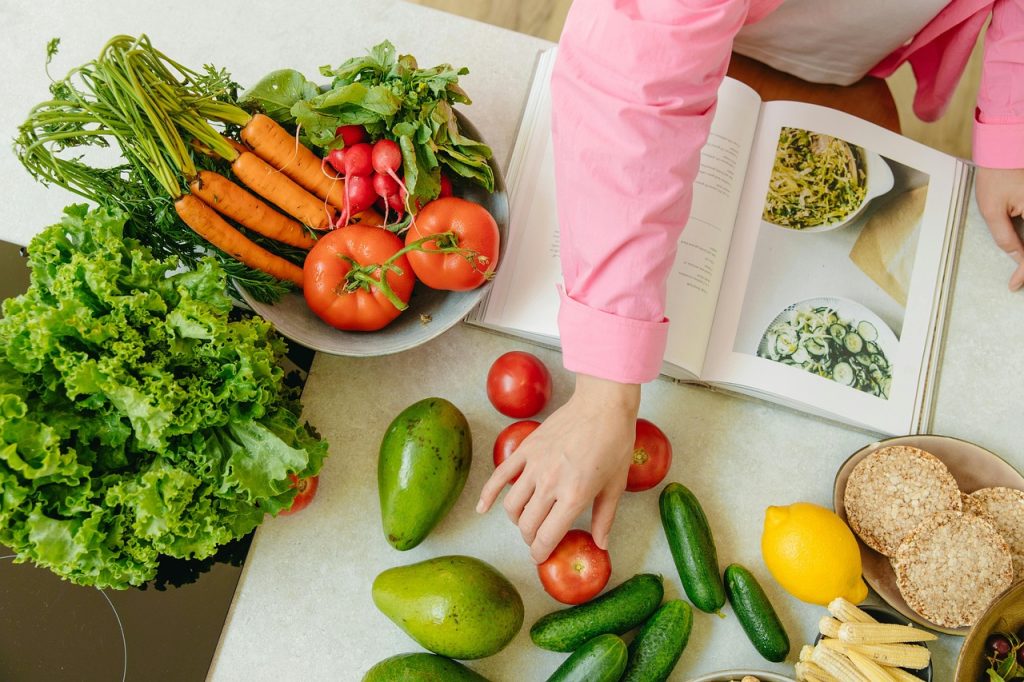Inflammation is a natural and essential process in the body. It’s how your immune system responds to injuries and fights off harmful invaders like bacteria and viruses. But when inflammation becomes chronic—lingering in the body for weeks, months, or even years—it can lead to a host of serious health problems, including heart disease, diabetes, arthritis, and even certain cancers.
The good news is that you don’t have to rely solely on medications to combat chronic inflammation. A growing body of research suggests that the foods you eat can play a powerful role in controlling inflammation and protecting your health. In fact, some foods are natural inflammation fighters—and making them a regular part of your diet could be one of the smartest choices you make for your well-being.
1. Berries
Berries like blueberries, strawberries, raspberries, and blackberries are packed with fiber, vitamins, and antioxidants. One of their key compounds is anthocyanins, which give berries their rich colors and boast strong anti-inflammatory effects.
Studies have shown that regularly consuming berries can help reduce the production of inflammatory markers. In one study, people who ate a daily serving of blueberries saw improved immune cell response and reduced levels of inflammation.
Toss a handful of berries into your morning oatmeal, blend them into smoothies, or simply enjoy them as a snack.
2. Fatty Fish
Fatty fish like salmon, mackerel, sardines, and trout are rich in omega-3 fatty acids—especially EPA and DHA. These are among the most potent anti-inflammatory nutrients out there.
Omega-3s help reduce the production of pro-inflammatory molecules and have been shown to lower the risk of chronic conditions like heart disease and rheumatoid arthritis. Notably, a diet high in omega-3s is also linked to better mental health and reduced symptoms of depression.
Aim for at least two servings of fatty fish a week. Grilled salmon with roasted vegetables is not just delicious but a major win for your body.
3. Leafy Greens
Spinach, kale, collard greens, and Swiss chard are brimming with nutrients like vitamin K, vitamin C, and antioxidants such as lutein and beta carotene.
These compounds help regulate the immune system and reduce inflammation. Vitamin K, in particular, has been linked to lower levels of inflammatory markers in the blood.
You can incorporate leafy greens into salads, soups, smoothies, or even omelets. The more color you add to your plate, the better.
4. Turmeric
This vibrant yellow spice has been used for centuries in Indian medicine and cuisine. The key compound in turmeric, curcumin, is known for its powerful anti-inflammatory properties.
Curcumin works by blocking molecules in the body that trigger inflammation. It’s especially effective when combined with black pepper, which enhances its absorption.
You can sprinkle turmeric into soups, stews, and rice dishes—or try golden milk, a warm drink made with turmeric, milk (or plant-based milk), and spices.
5. Nuts and Seeds
Almonds, walnuts, chia seeds, flaxseeds, and hemp seeds are all great sources of healthy fats, fiber, and antioxidants.
Walnuts are particularly high in omega-3 fatty acids, while flaxseeds and chia seeds are loaded with alpha-linolenic acid (ALA), a type of plant-based omega-3. These compounds help lower inflammatory markers and support heart health.
Add a handful of nuts to your snack routine or sprinkle seeds over yogurt, oatmeal, or salads.
6. Olive Oil
Extra virgin olive oil is a cornerstone of the Mediterranean diet, and for good reason. It’s rich in monounsaturated fats and a compound called oleocanthal, which has anti-inflammatory effects similar to ibuprofen.
Research suggests that people who consume olive oil regularly have lower levels of C-reactive protein (CRP), a key marker of inflammation in the body.
Use olive oil as your go-to for cooking or as a base for homemade salad dressings and marinades.
7. Tomatoes
Tomatoes are high in vitamin C, potassium, and lycopene—a powerful antioxidant with anti-inflammatory properties. Lycopene has been shown to reduce inflammatory markers, especially in overweight individuals.
Cooking tomatoes in olive oil can boost the body’s absorption of lycopene, making dishes like marinara sauce a double dose of anti-inflammatory goodness.
8. Green Tea
Green tea contains a compound called epigallocatechin gallate (EGCG), which helps inhibit inflammation by reducing the production of pro-inflammatory cytokines.
In addition to fighting inflammation, green tea may help reduce the risk of heart disease and certain types of cancer. Regular drinkers of green tea often report feeling more energetic and focused, too.
Swap your afternoon coffee for a soothing cup of green tea—it’s a small change with potentially big health benefits.
9. Broccoli and Cruciferous Vegetables
Cruciferous vegetables like broccoli, cauliflower, Brussels sprouts, and cabbage are rich in sulforaphane, an antioxidant that helps lower inflammation by reducing levels of cytokines and NF-kB, which are molecules that drive inflammation.
These veggies are also high in fiber and vitamins C and K, making them a great addition to any anti-inflammatory meal plan.
Roast them, steam them, or toss them into stir-fries for a crunchy, flavorful boost.
10. Garlic and Onions
Garlic contains sulfur compounds like allicin, which help suppress inflammation. Onions, too, are rich in antioxidants like quercetin that help fight oxidative stress and reduce inflammatory responses.
Both garlic and onions add depth and flavor to meals while delivering serious health perks. Add them liberally to soups, sauces, and savory dishes.
It’s important to remember that no single food is a magic cure-all. But when you consistently fill your plate with a variety of anti-inflammatory foods, the cumulative effect can be powerful. These foods don’t just reduce inflammation—they also support immune function, heart health, brain performance, and longevity.
Try to build your meals around whole, unprocessed ingredients and steer clear of heavily refined carbs, sugary snacks, and processed meats, all of which can fuel inflammation. It’s not about being perfect—it’s about making better choices more often.
In the end, food is more than fuel. It’s information. It communicates with your body in ways we’re only beginning to fully understand. So next time you’re filling your grocery basket or planning your meals, think about the message you want your food to send.






